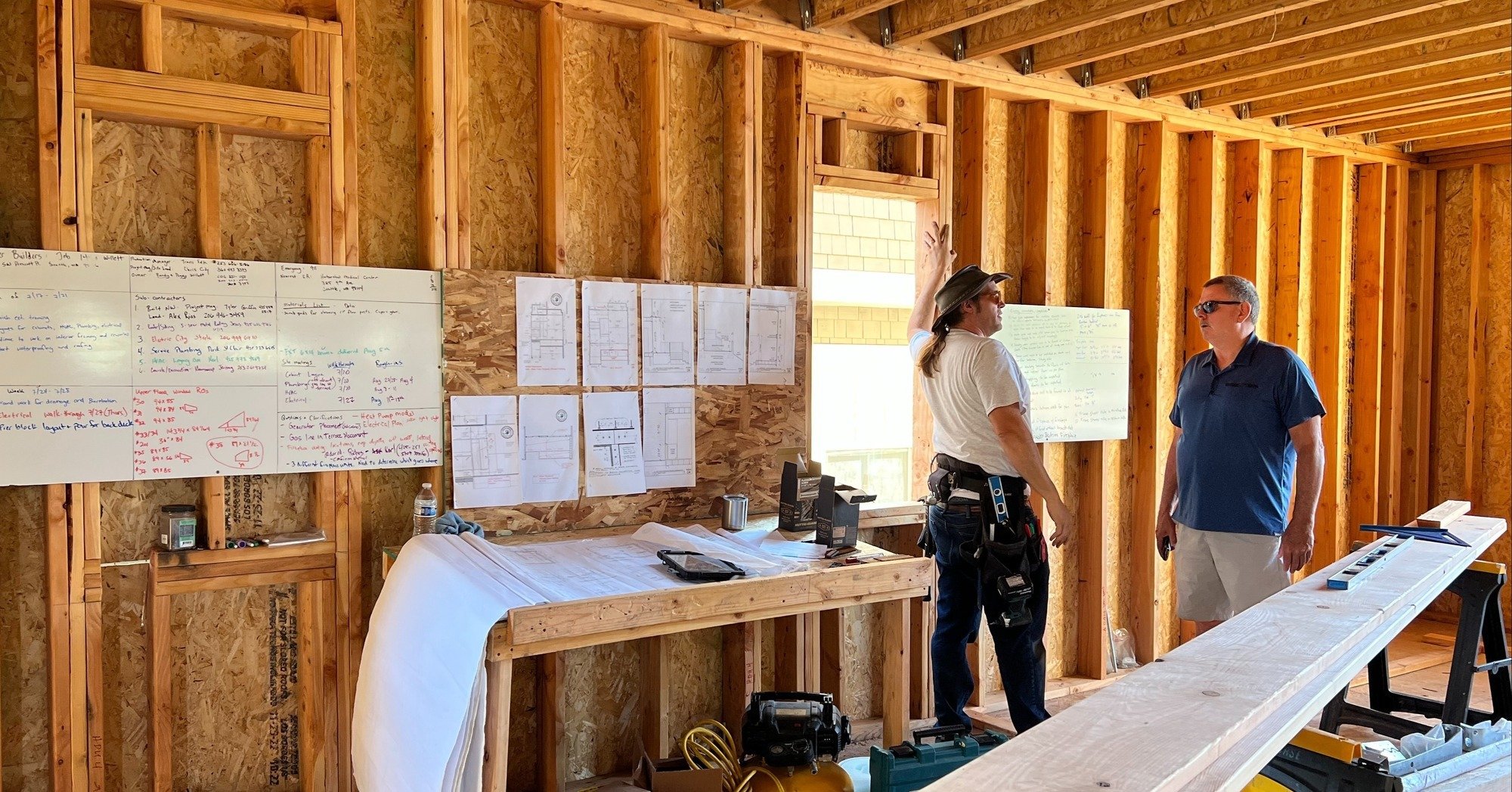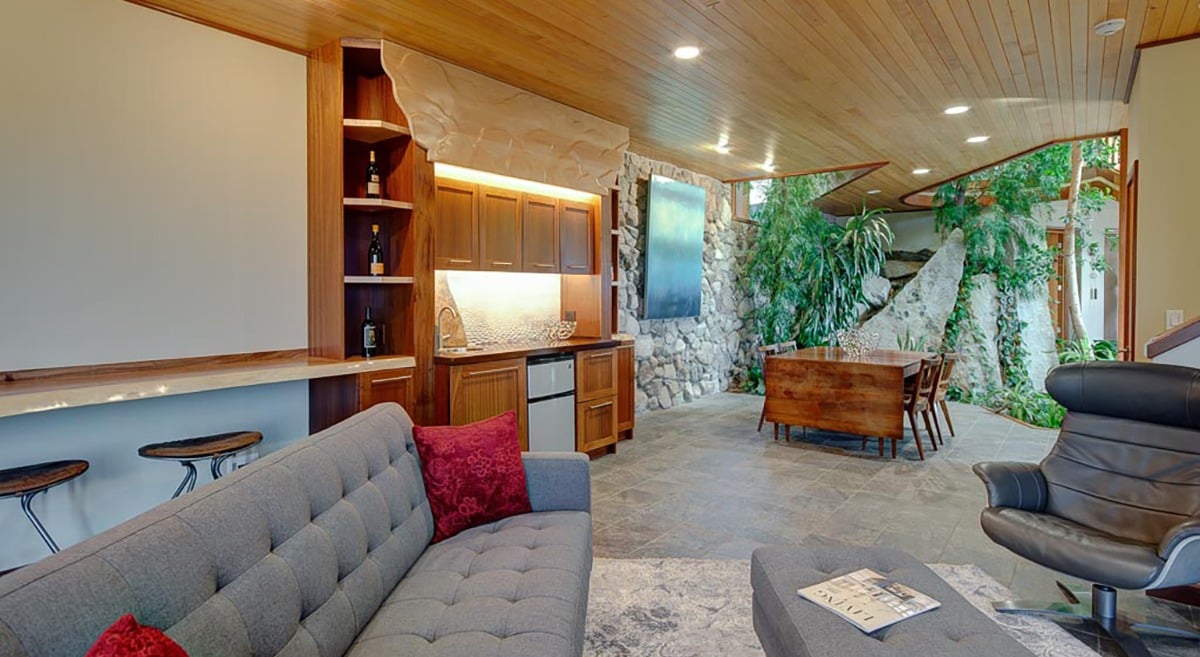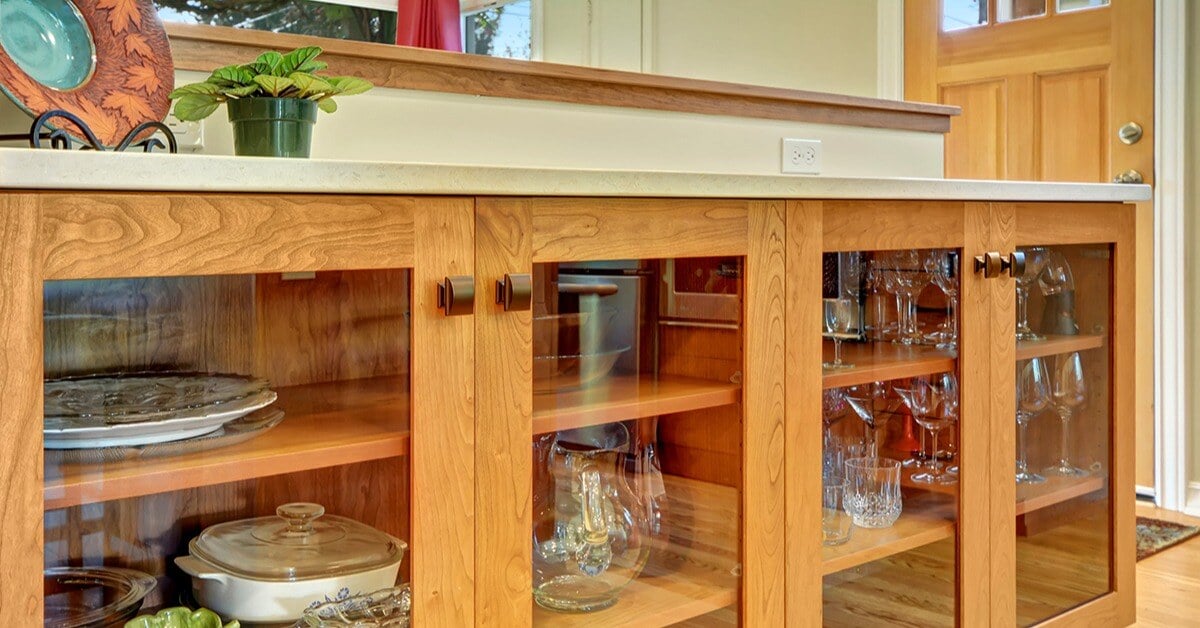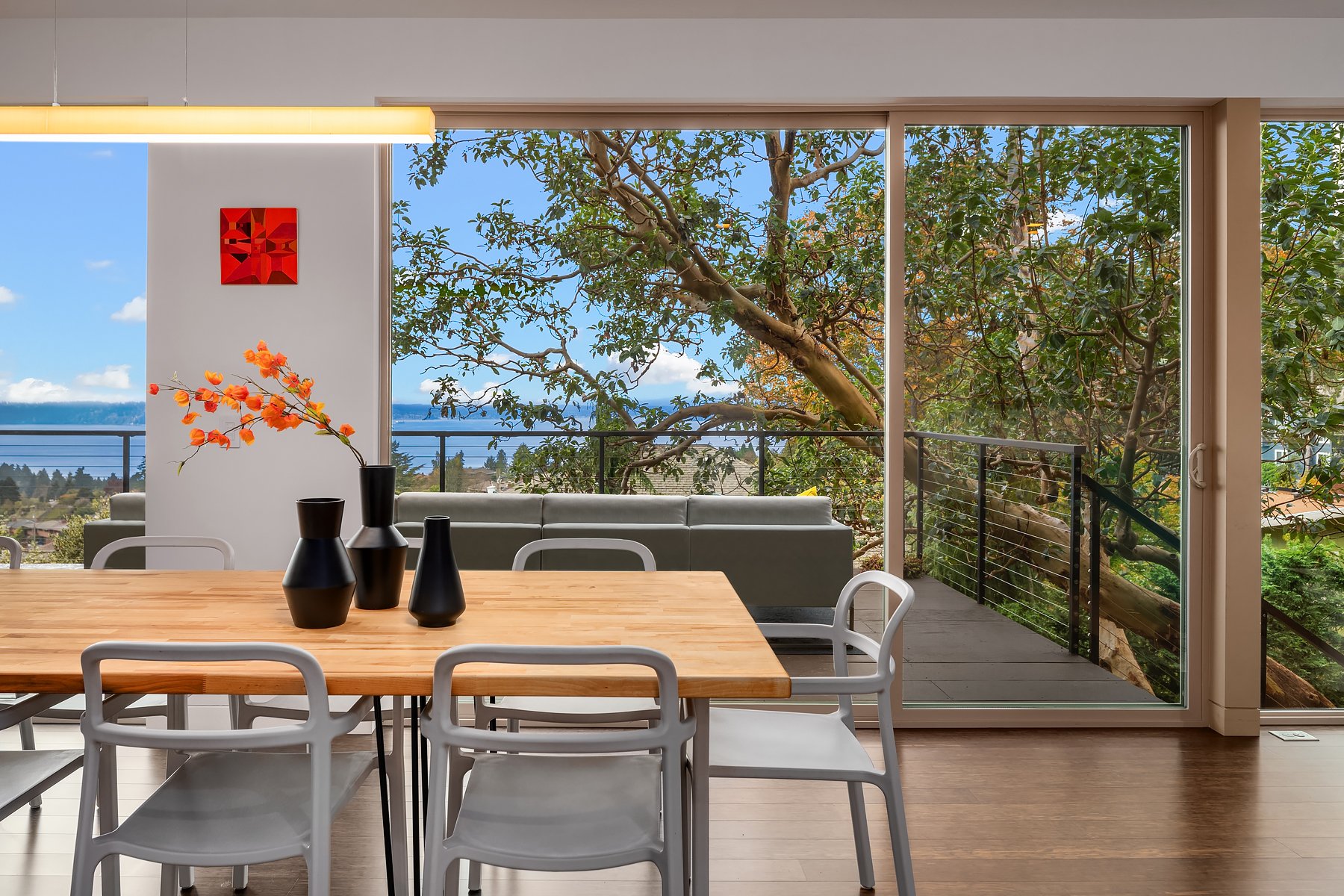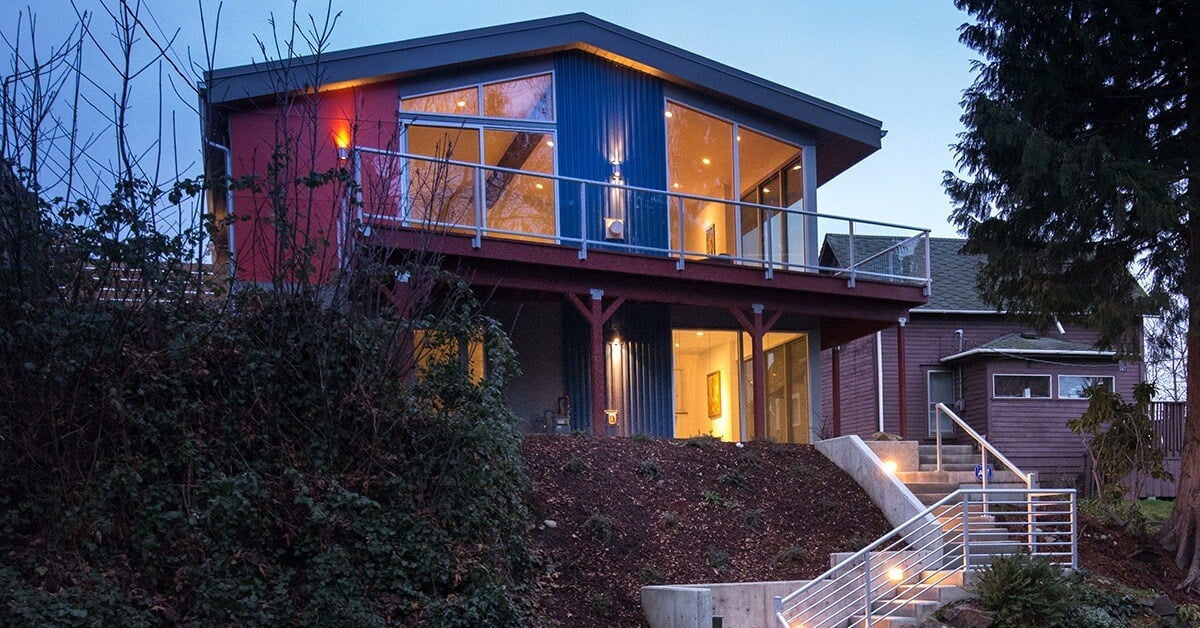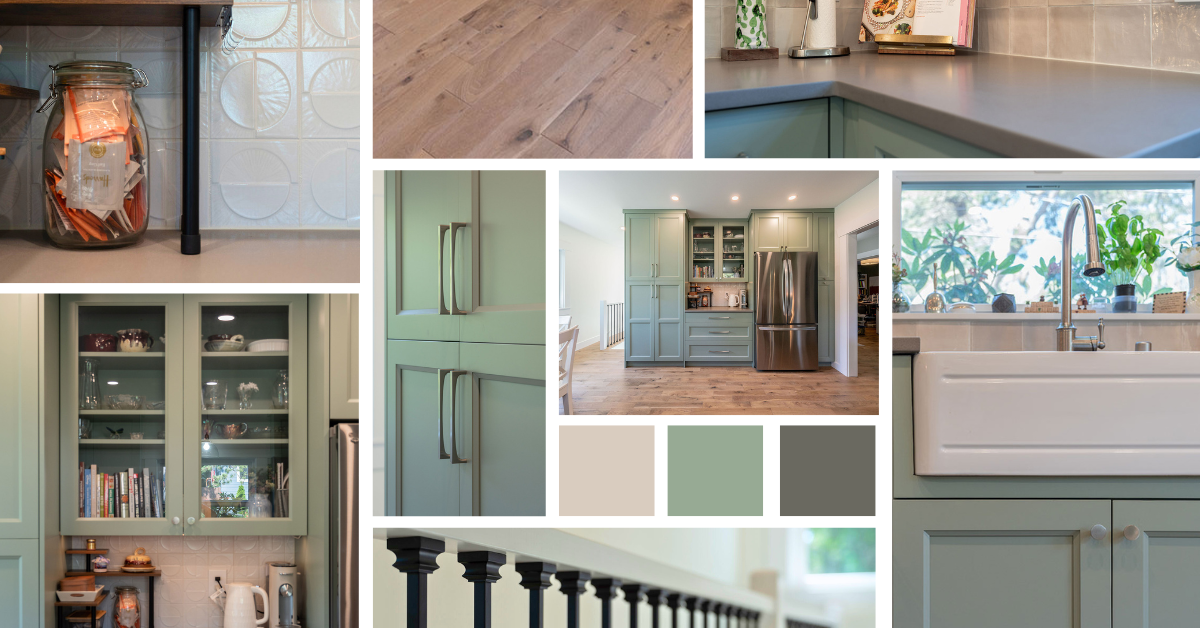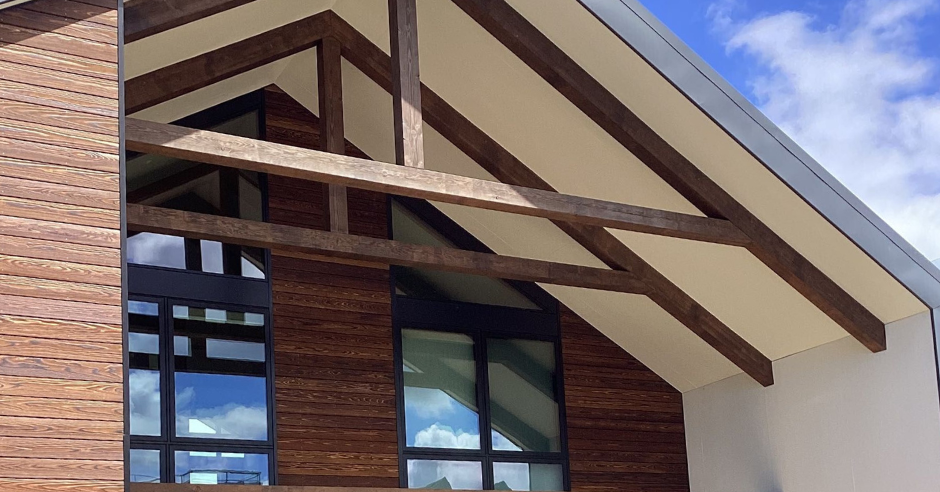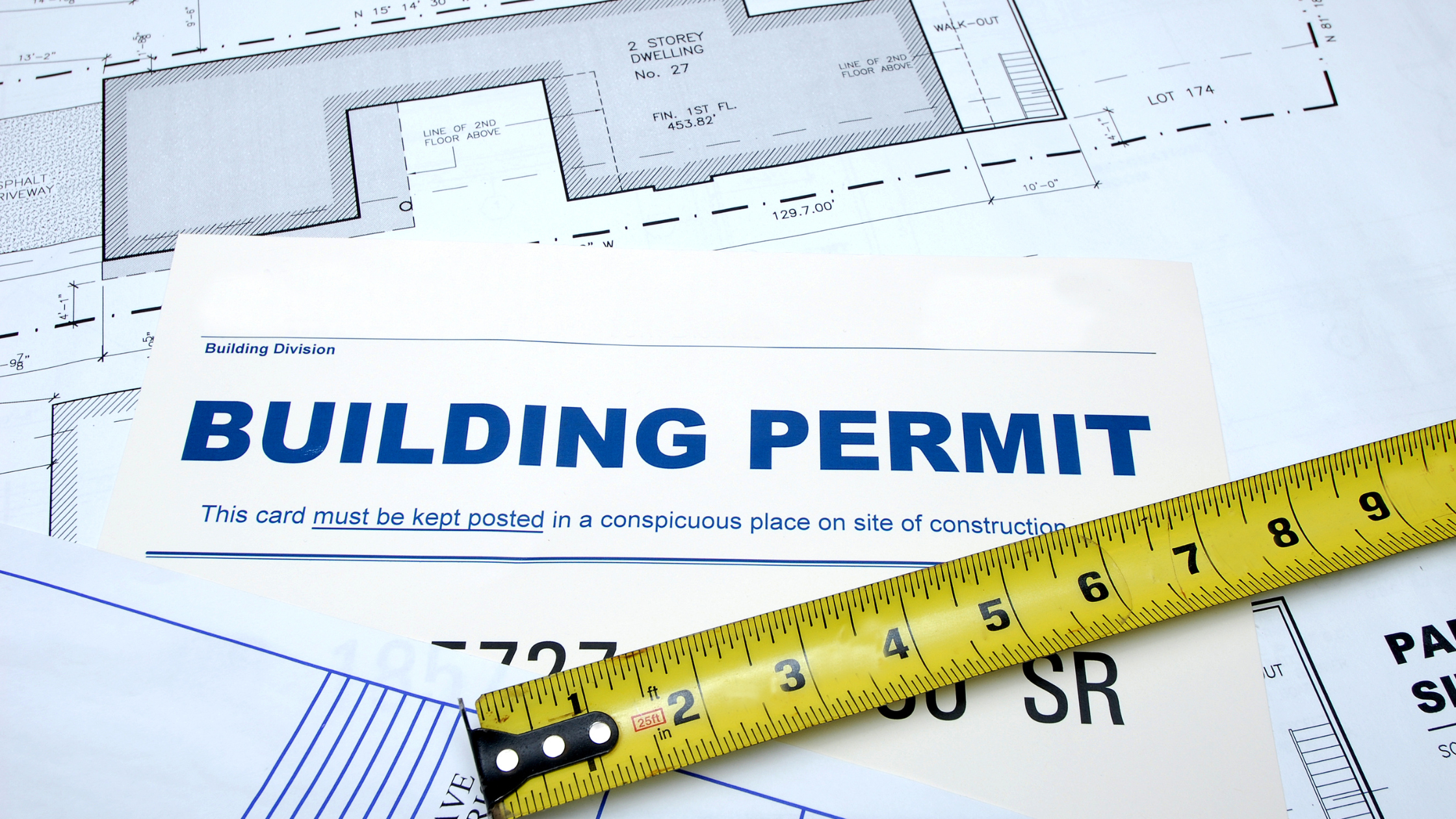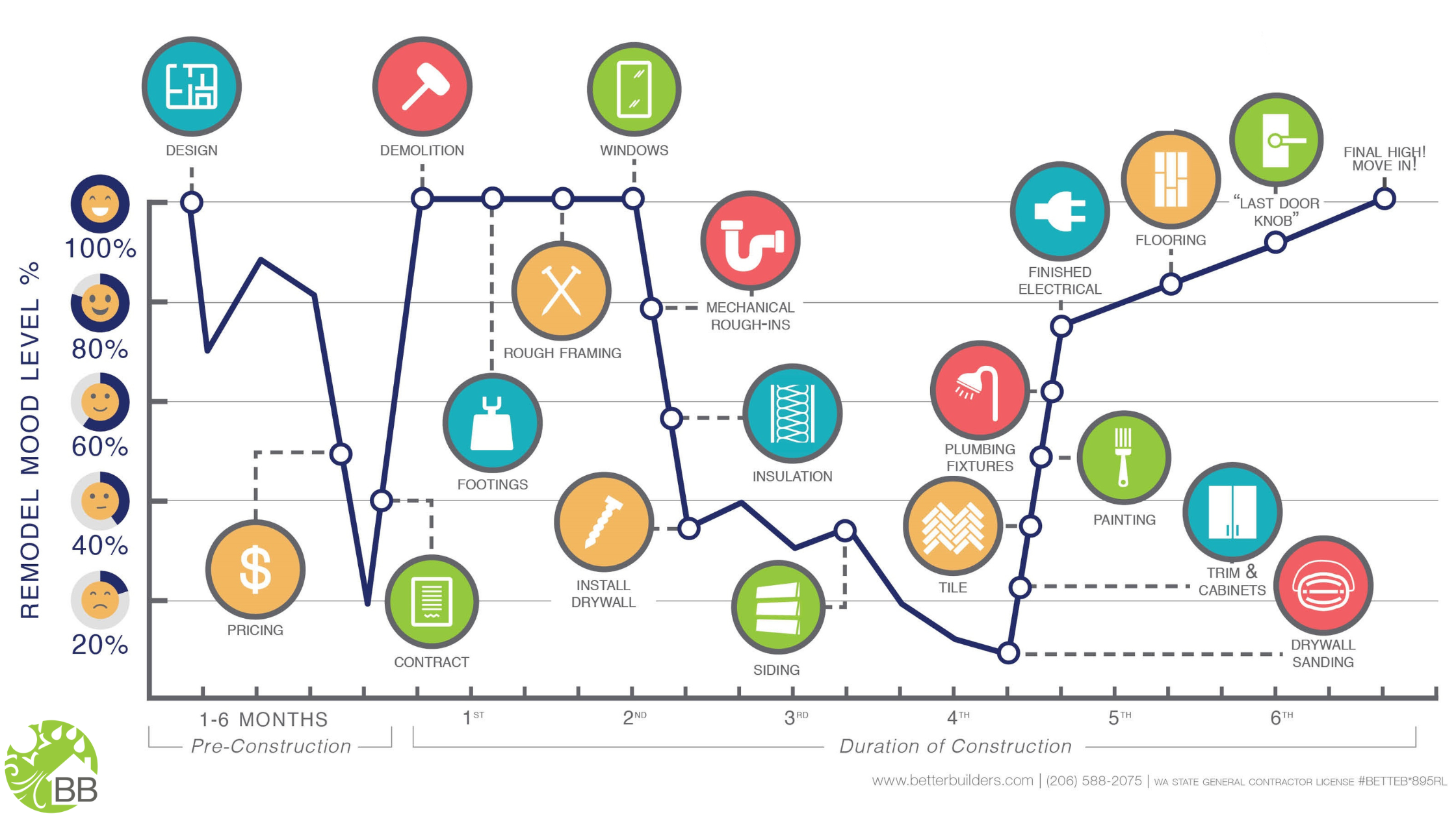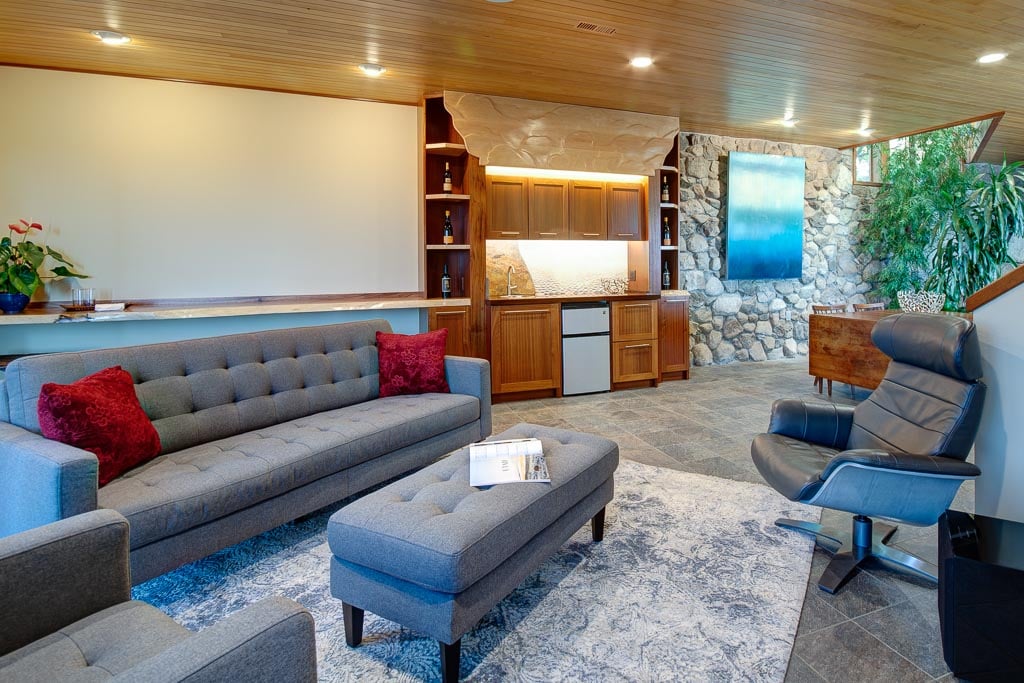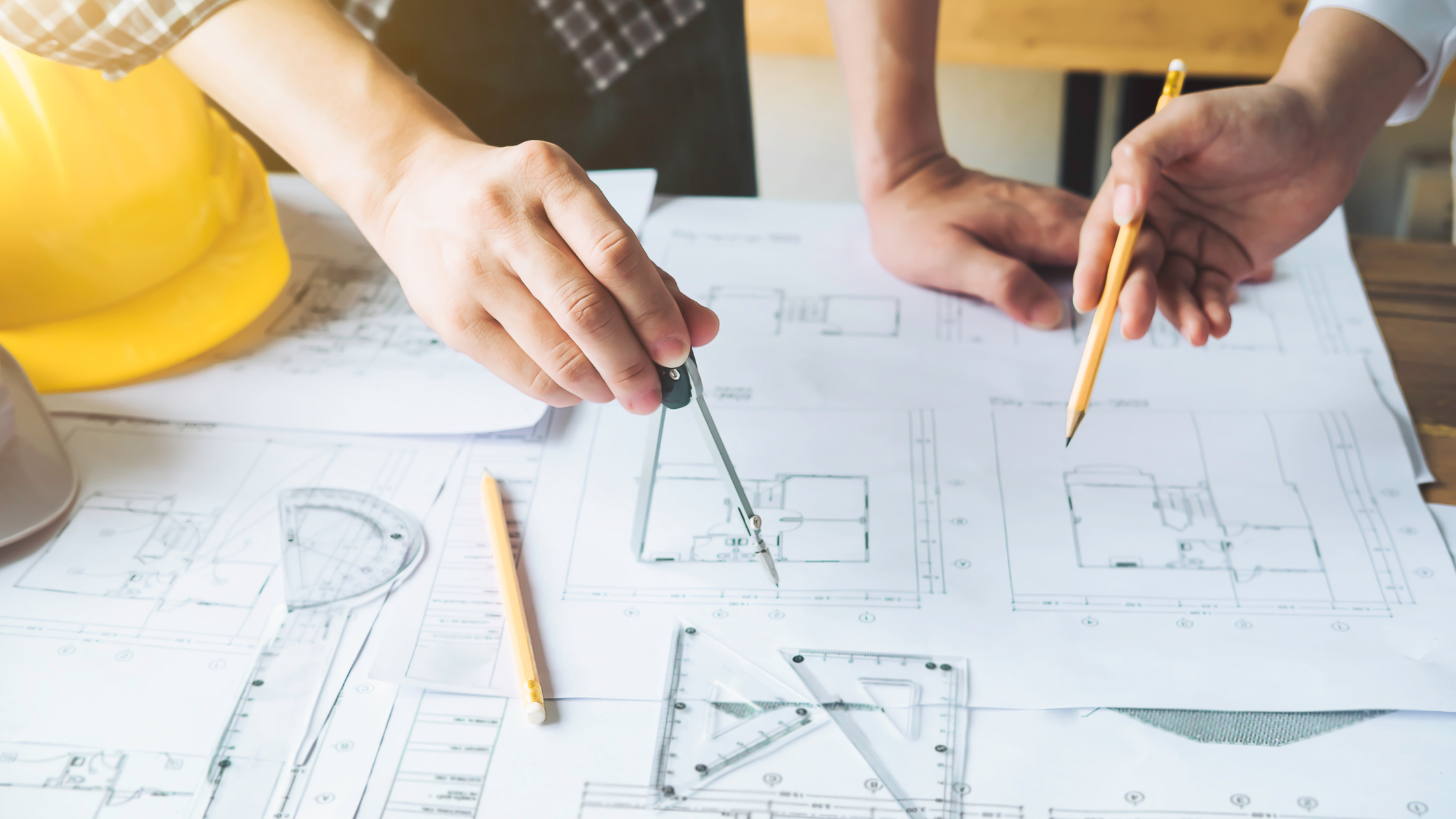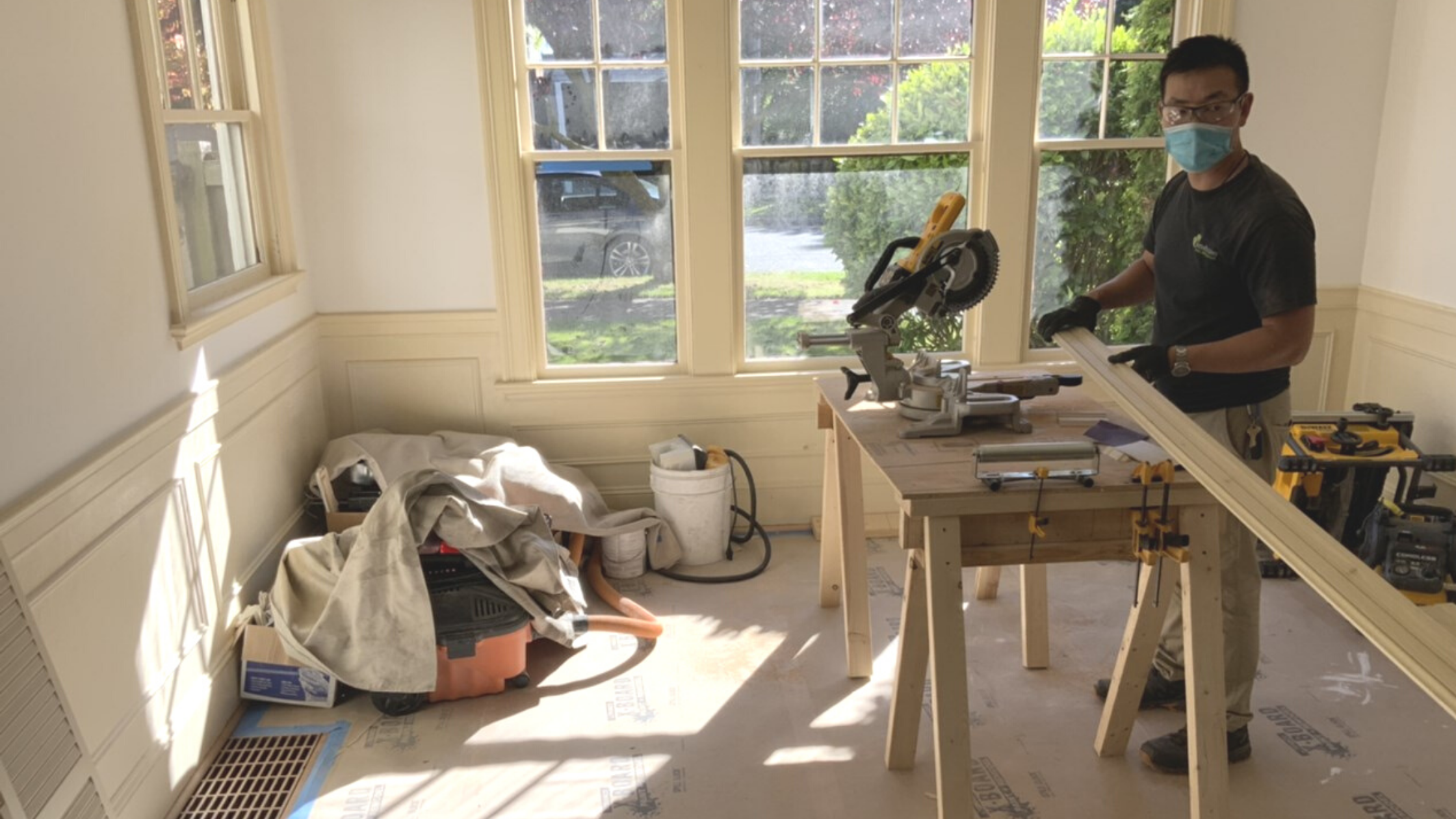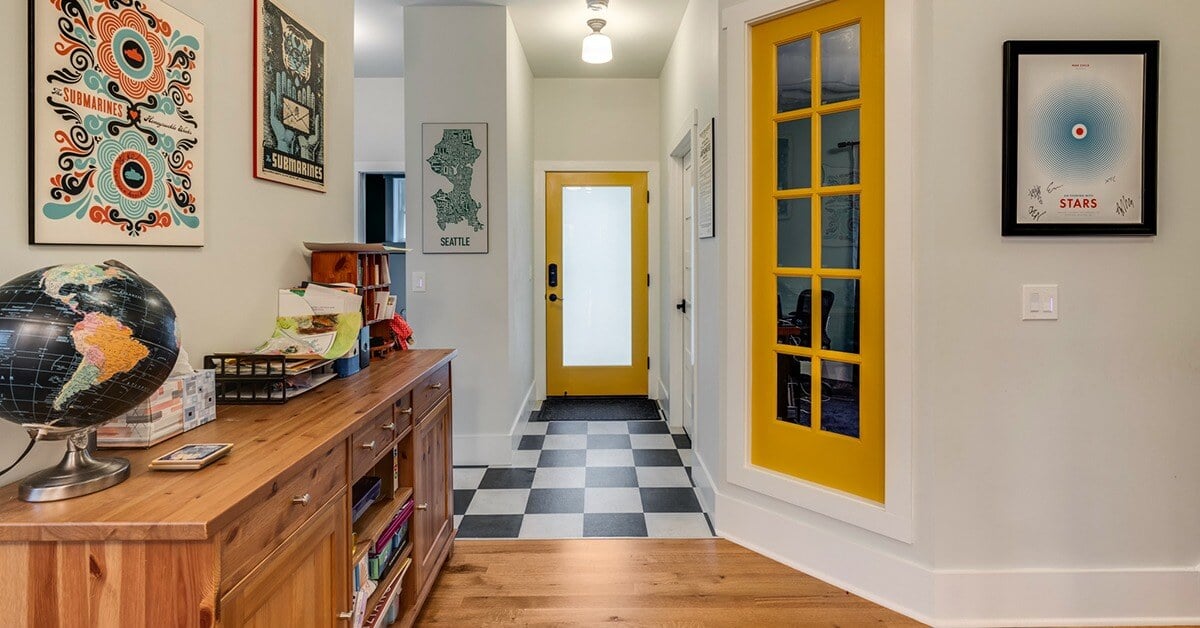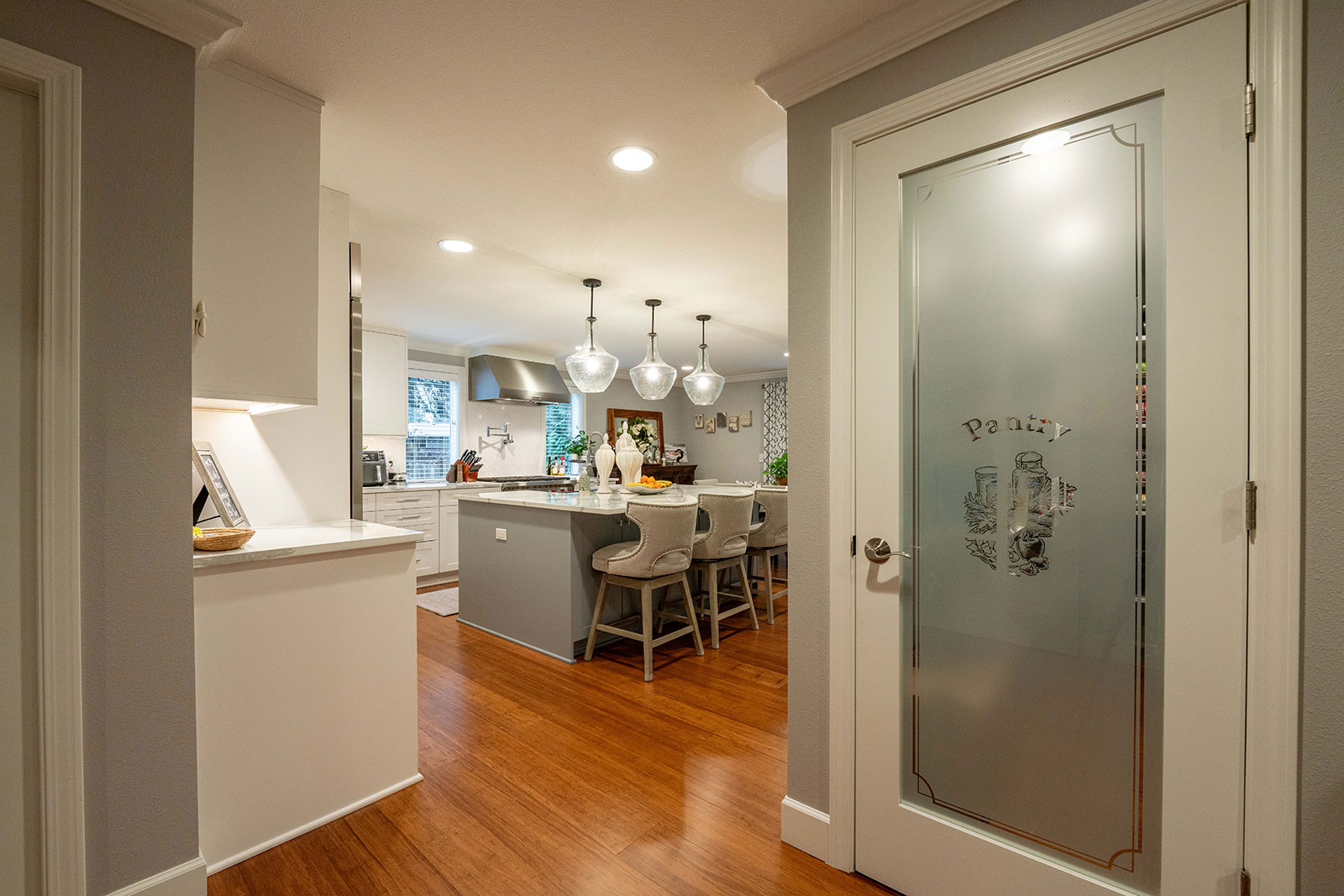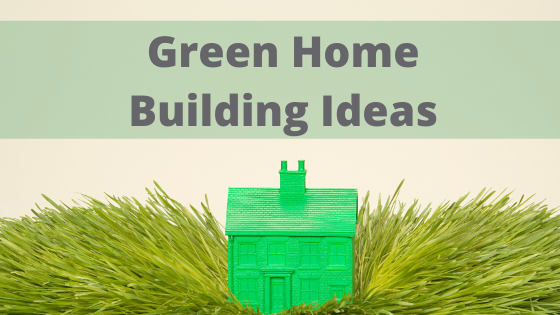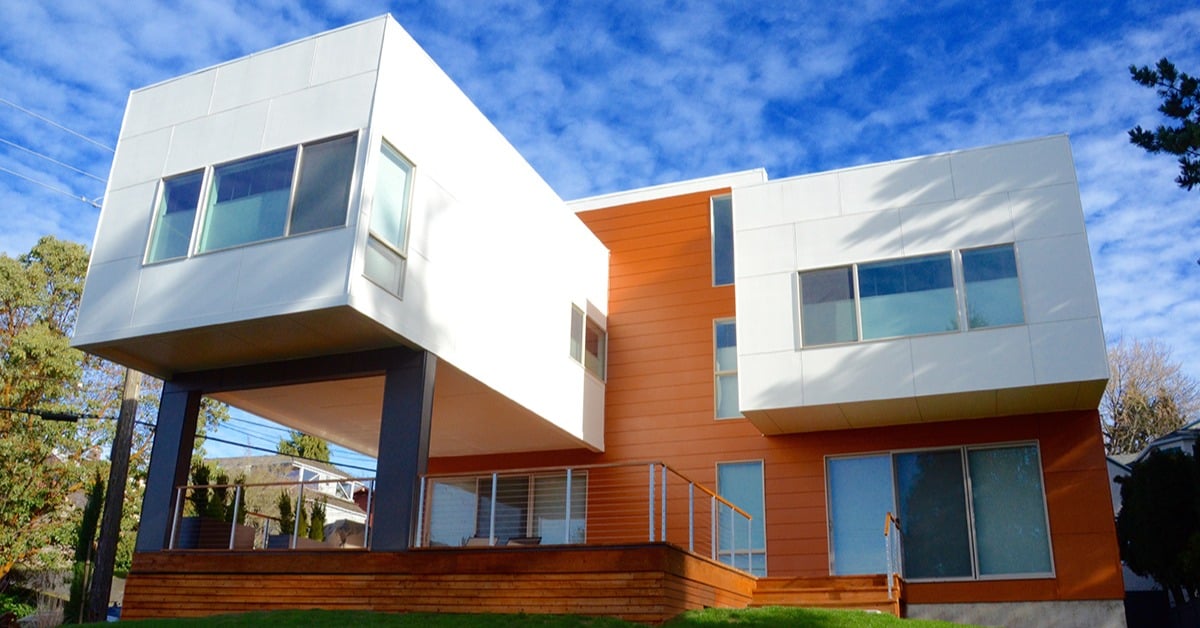Homeowners often underestimate how many decisions need to be made during a home renovation project. For example, there are approximately 150 decisions that need to be made for a full kitchen redesign. Every last detail must be considered, down to the most minute choices. It’s very important to work with a design team who will help guide you in finding your unique design style.
With so many options available, it's important to identify your unique style to ensure a cohesive and visually captivating result. In this article, we'll guide you through four easy steps to help you discover your home renovation design aesthetic.
Compile Interior Design Examples That Will Inspire Your Home Remodel
To get started on your design journey, it’s recommended that you create a digital vision board using home design tools and apps like Pinterest or Houzz. Start collecting images of renovation ideas that you are drawn to and make you feel good. Home design images can be more than photos of other homes they envy. Your home design aesthetic can start more generally and hone in on your living environment later. If you’re one who doesn’t prefer to use digital methods, alternatives can be pulled from magazine clippings, furniture catalogs, paint catalogs, and more.
Few people can pinpoint their aesthetic by themselves, but everyone can explain what makes them feel good about an image or style. The point is that the first step is for the client to pick out many images to bring to the first meeting design meeting. Senior Designer with Housewarming, Amanda Kratochvil, says:
“I always encourage people to start with the “what” of their design style-what about this photo speaks to you? What is it about that style that makes you gravitate towards it? I can’t tell you how many times I get told, “I have no idea what my style is”, but once you look at all of your inspiration together your style becomes incredibly clear. It may be mostly one design style, but it also could be a nice mix of 3 or 4 sometimes more styles. It’s all about how you bring the styles together that can really make your space not only a fabulous space, but something that really speaks to you and fits your lifestyle and personality.”
Once you’ve curated what you think is your perfect design inspiration collection, clean up the vision board and remove items that don't apply. Remember to think of every detail you possibly can. Details such as paint color, countertop material, light fixtures, the type of bath you like, and kitchen cabinet styles and colors will greatly impact the feel of the space.
Communicate Design Ideas That You Do Like and Don’t Like
Once you have a clear picture of how you want to feel in your space, the designer will start asking questions related to materials. Do you prefer wallpaper or paint? High gloss or matte finish? Do you like the look of granite or marble better? What type of flooring material do you prefer?
Some homeowners may not have a clear decision on what they want, but everyone knows what they don’t like. This is where we uncover possibly bad experiences with certain materials in the past. For example, a homeowner may say, “We hate cleaning grout, and we don’t want grout joints.” Rather than ruling out tile altogether, your design team can educate you about how grout has come a long way, and you can choose larger tiles and new grout made from non-organic materials that aren’t as porous and are easier to clean.
Designing Around a Centerpiece and Functionality
If you have a ‘must-have’ design element you want to be included, it’s important to communicate this early on so that the design team can create the space around the must-have element. Focal points could range from:
-
A luxurious bathtub in a bathroom remodel
-
A sentimental piece of art you want perfectly displayed in your living room makeover
-
A specific countertop material or design element for the kitchen island that will be the focal point in your kitchen remodel
-
An antique or custom-made dining room table
-
A unique breakfast nook added to your kitchen renovation
It’s also important for you to keep an open mind about the process. Sometimes the centerpiece that the client wants isn’t feasible for the budget or structure. However, coming with a centerpiece or specific functionality is a great place to start determining the big picture of the client’s design style. Just about anything is possible, but that doesn’t mean that it’s possible within the homeowner’s budget. At this stage, rather than asking what you want the space to look like, a good designer will ask, “How will the space be used?” The answers to this question will help the designer design the space in a functional way.
The Design Board
Based on your input from above, the designer will usually create 2-3 vision boards that include materials, built-ins, colors, fixtures, and possibly large furniture pieces that can be interchanged. Based on the storyboards, the client will use these to narrow down the options into one cohesive design that perfectly reflects their aesthetic in the new space.
Again, what some would think is a small detail can make a big difference! For example, choosing a tile that you like is a good start, but the pattern and texture in which the material is installed are just as important to the design aesthetic as the material itself.
It’s also recommended that things like grout color are decided on after the tile is installed based on the lighting in the specific room. Colors change significantly in different spaces based on lighting, whether it’s natural, LED, or incandescent.
Consider other details like electrical outlets; are the outlets installed in a kitchen remodel on the backsplash, or are they inside the cabinet or plug-molding? Do you want outlets located on the kitchen island or outlets located inside your cabinet drawers in your bathroom renovation? The list of things to consider never ends.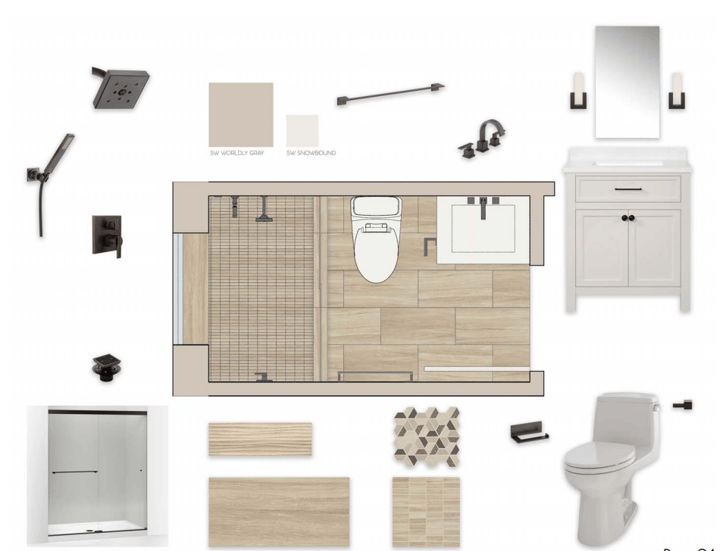
Details Matter: Choose a Home Renovation Contractor Who Will Help You Define Your Interior Design Aesthetic
You aren’t one-in-the-same, so why should your home be? Modern, Bohemian, Contemporary, or Craftsman - clients can have multiple design styles, and it doesn’t matter if there’s a specific name attached.
Small details matter, and it’s important you work with a team who can help pinpoint what all these details can be! It’s important to have a designer who looks at the big picture and can create one cohesive design that meets your wants and needs.
You don’t have to know exactly what you want; you just need to work with an experienced design/build team who can efficiently guide you through a well-defined process to extract your personal home renovation style.
Begin the process of planning your perfect home renovation project by downloading the home renovation checklist "The Homeowner’s Guide to Planning a Remarkable Renovation."

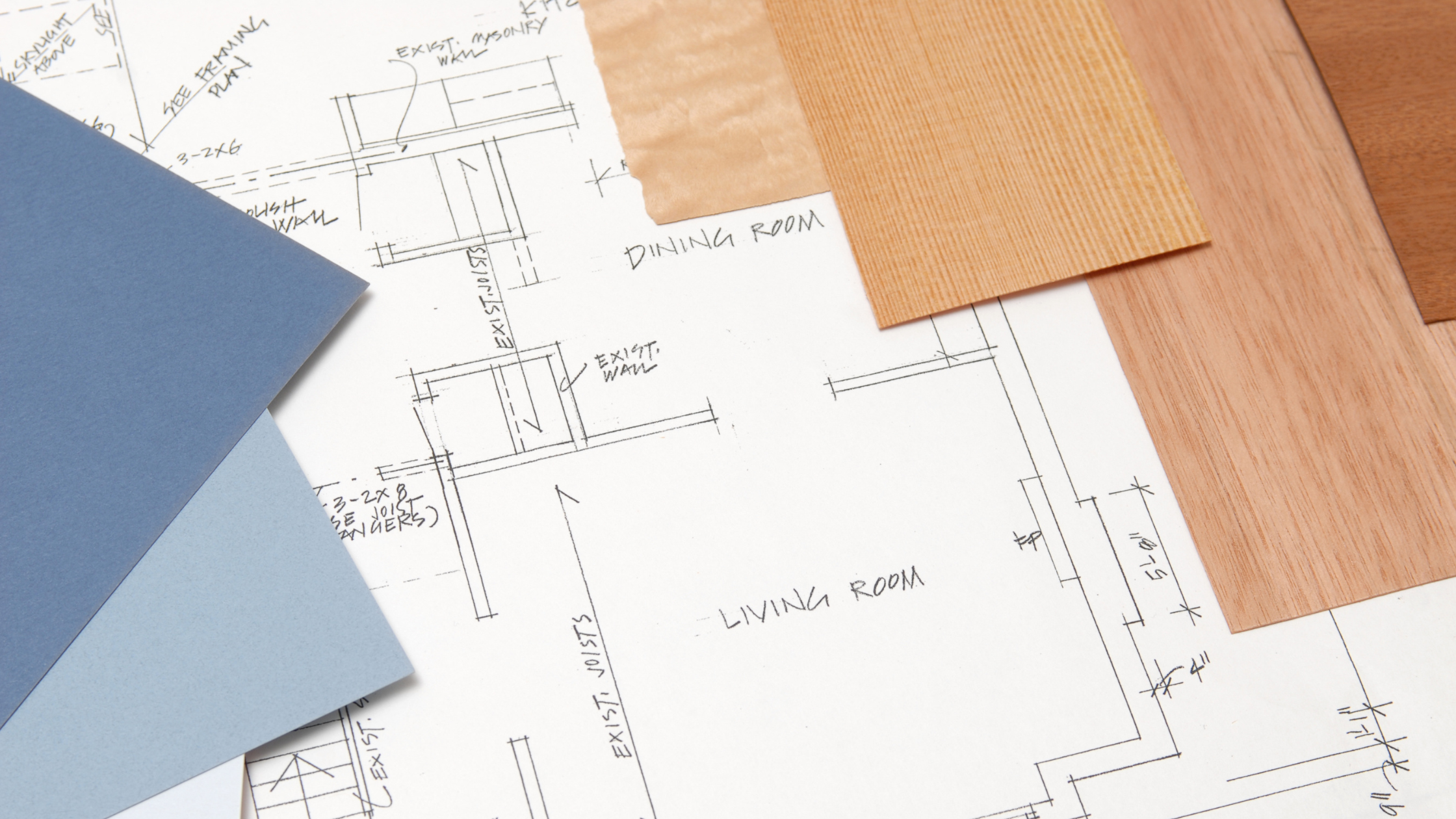
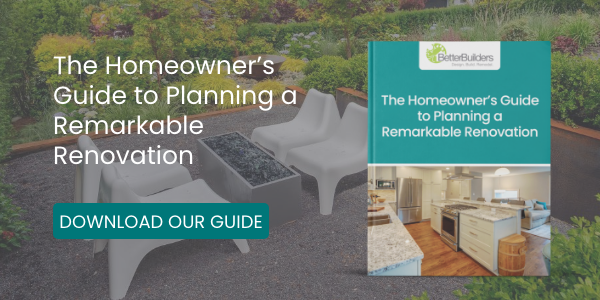
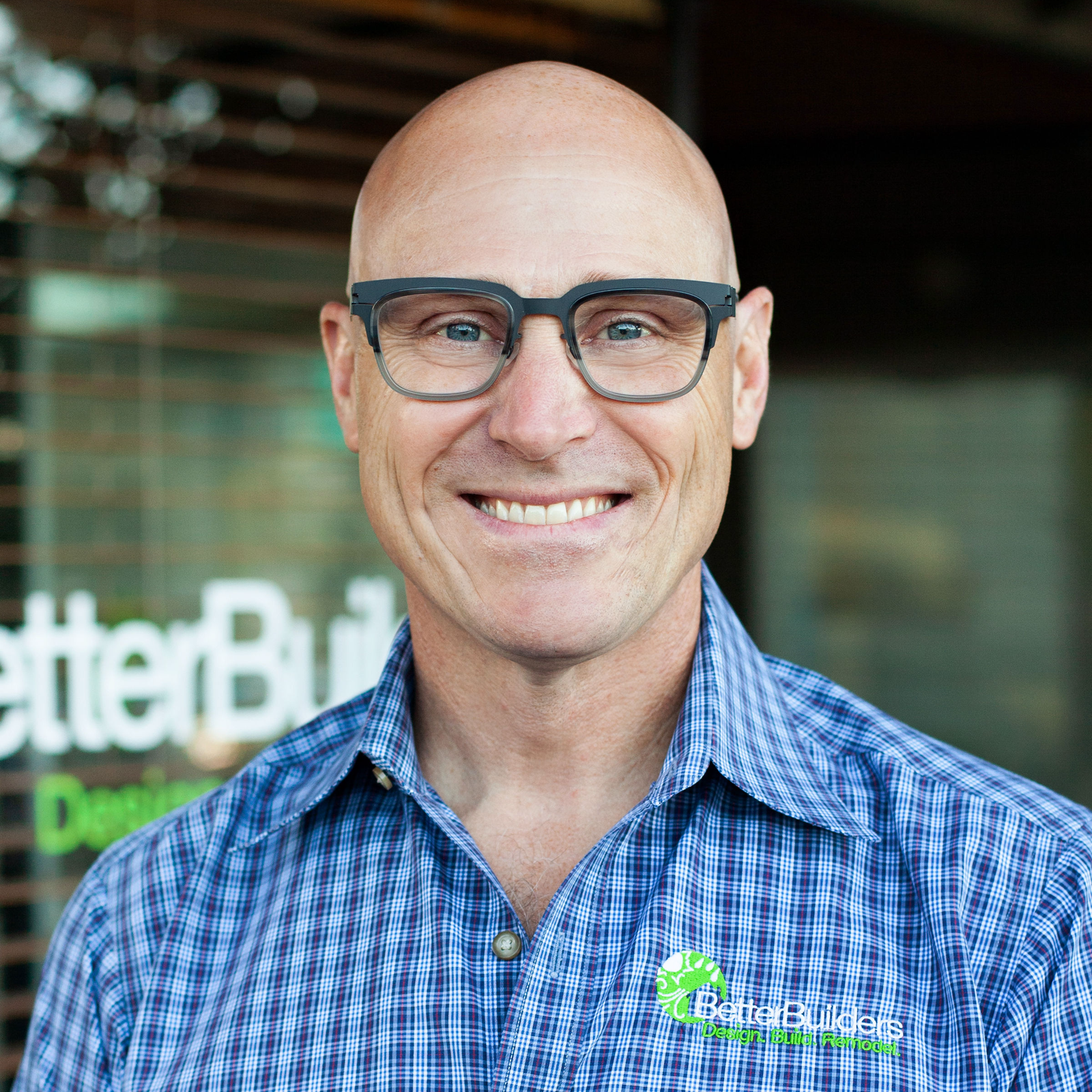
.png)
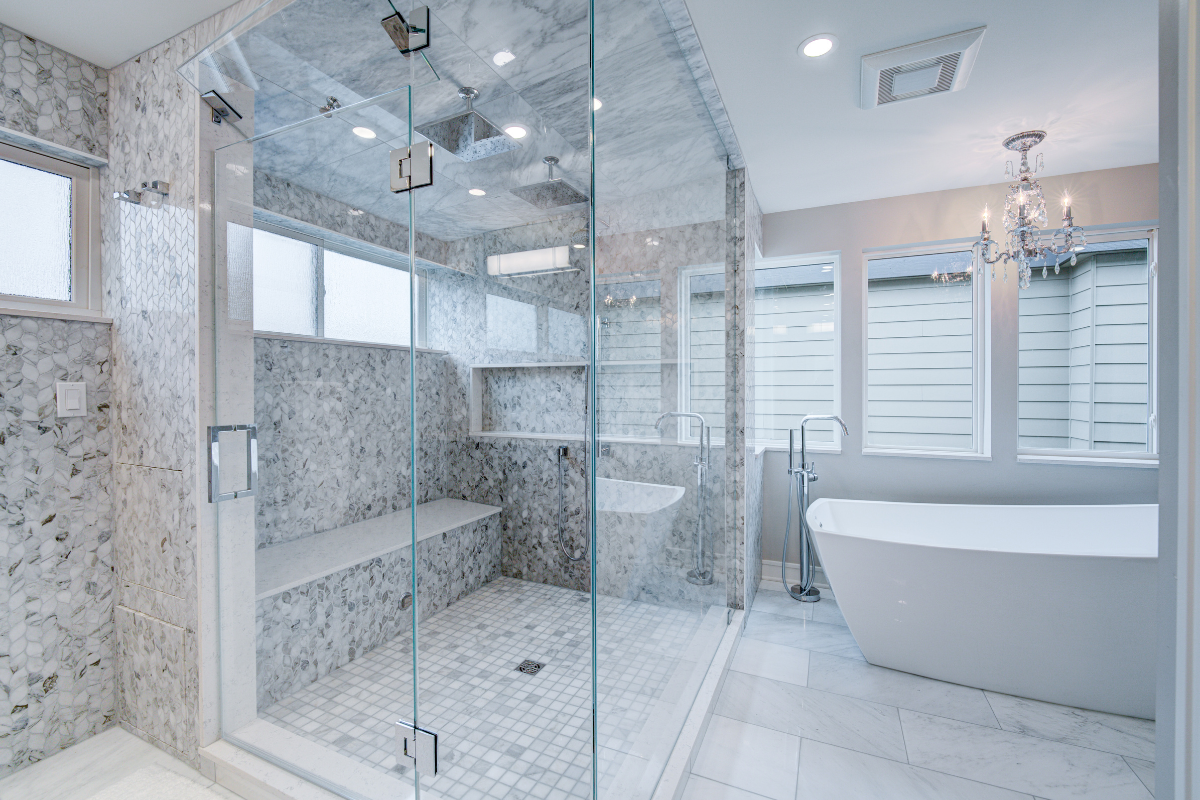
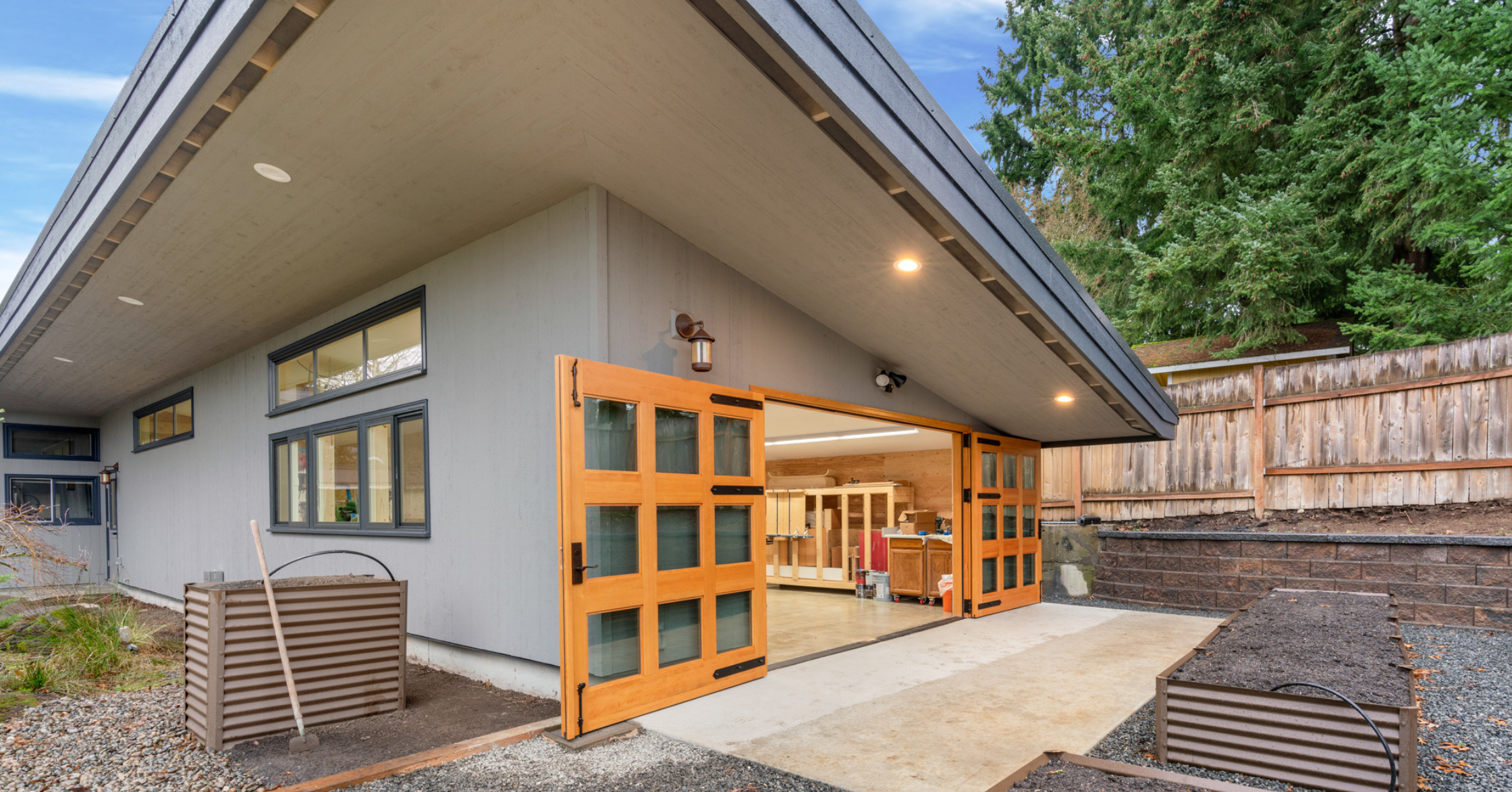
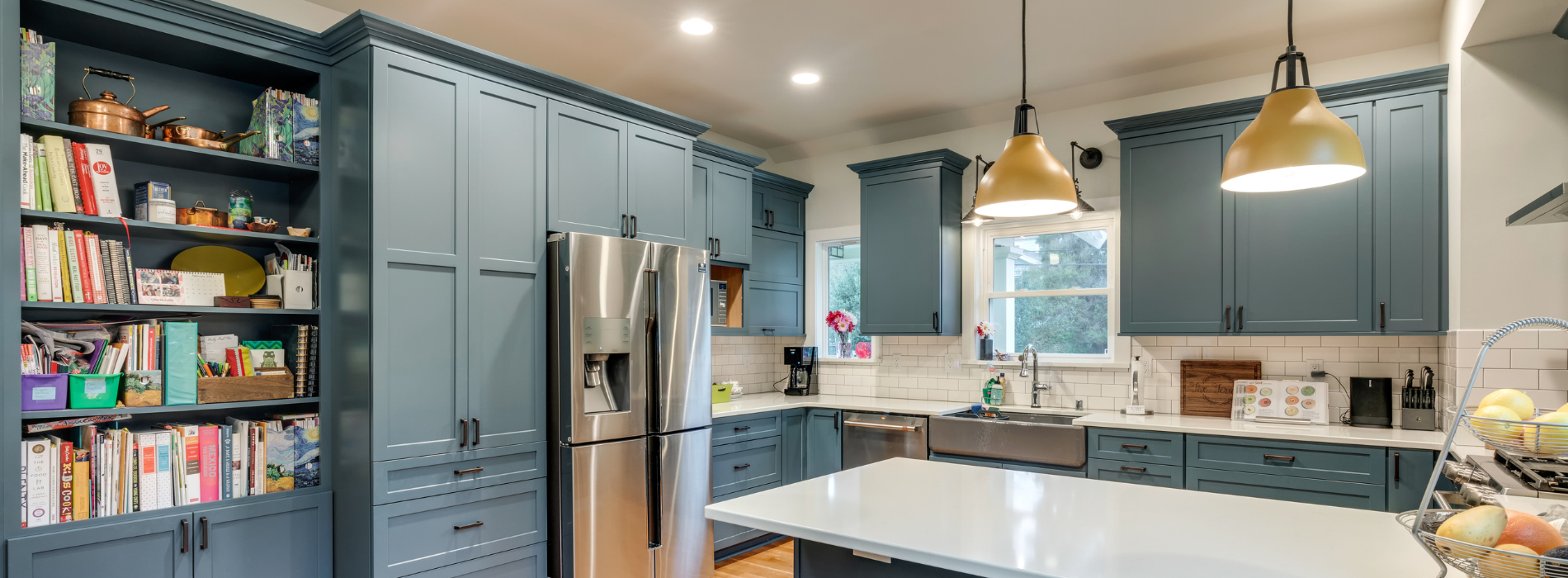
.jpeg)
